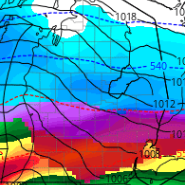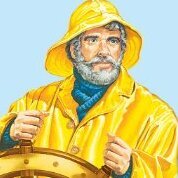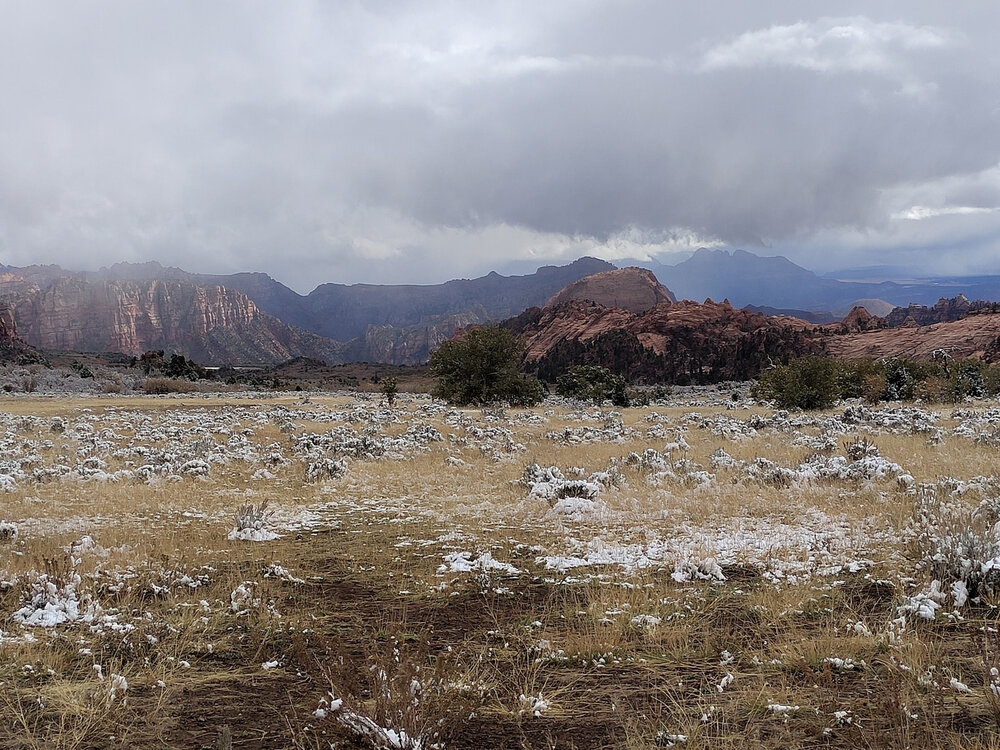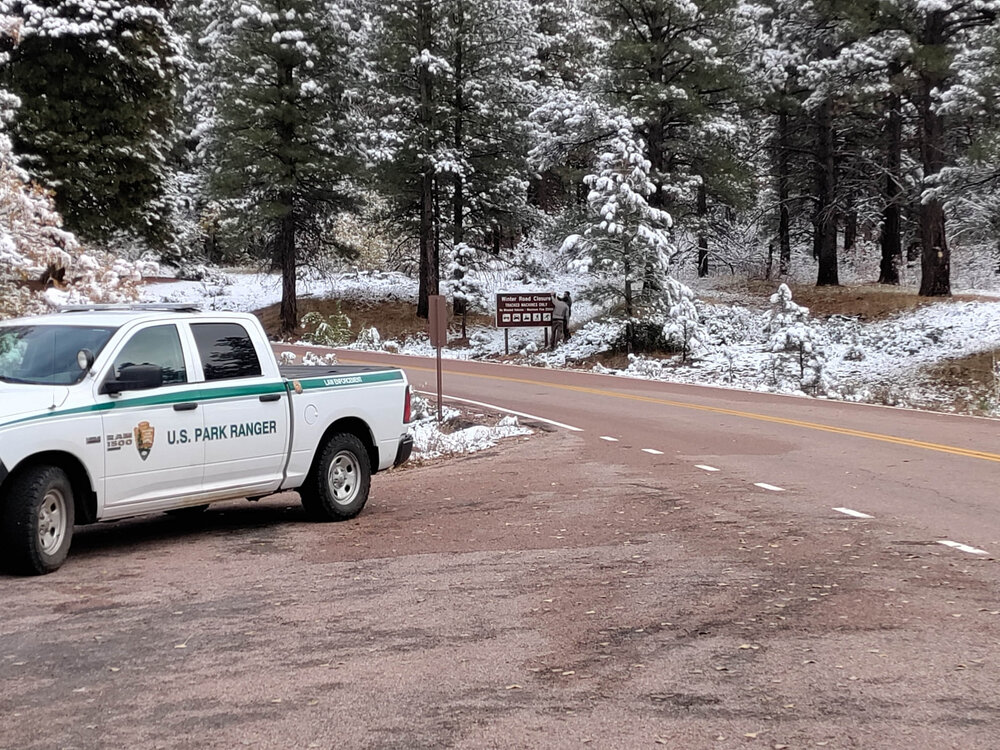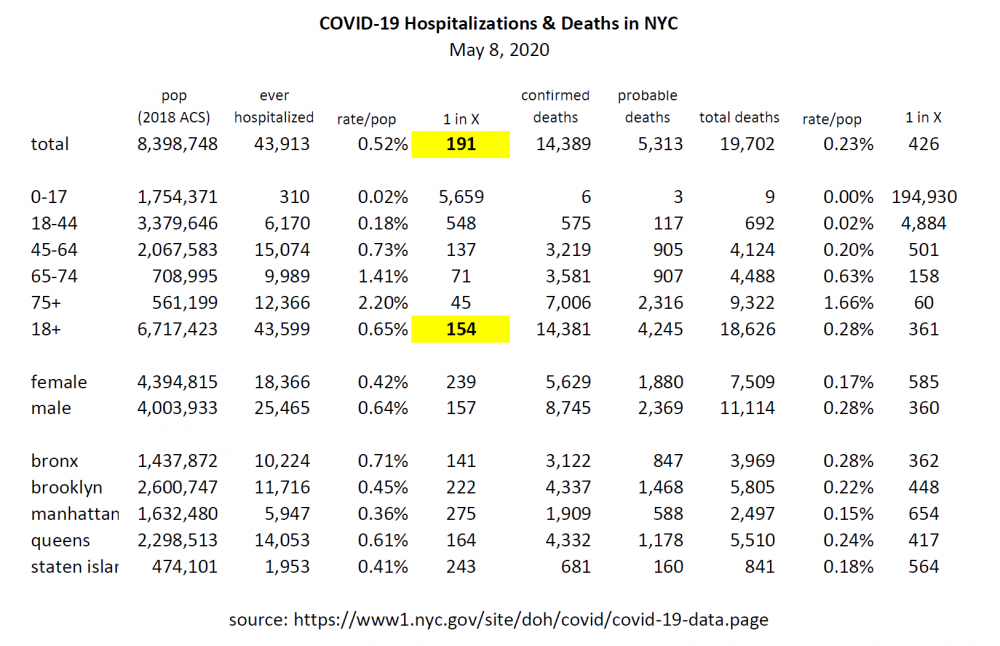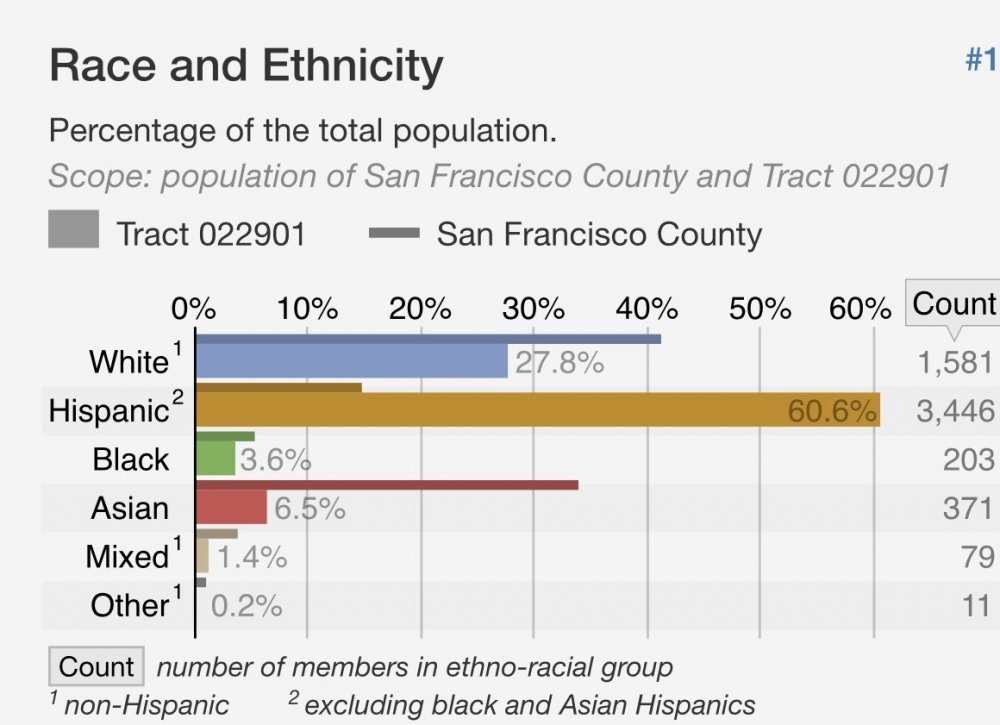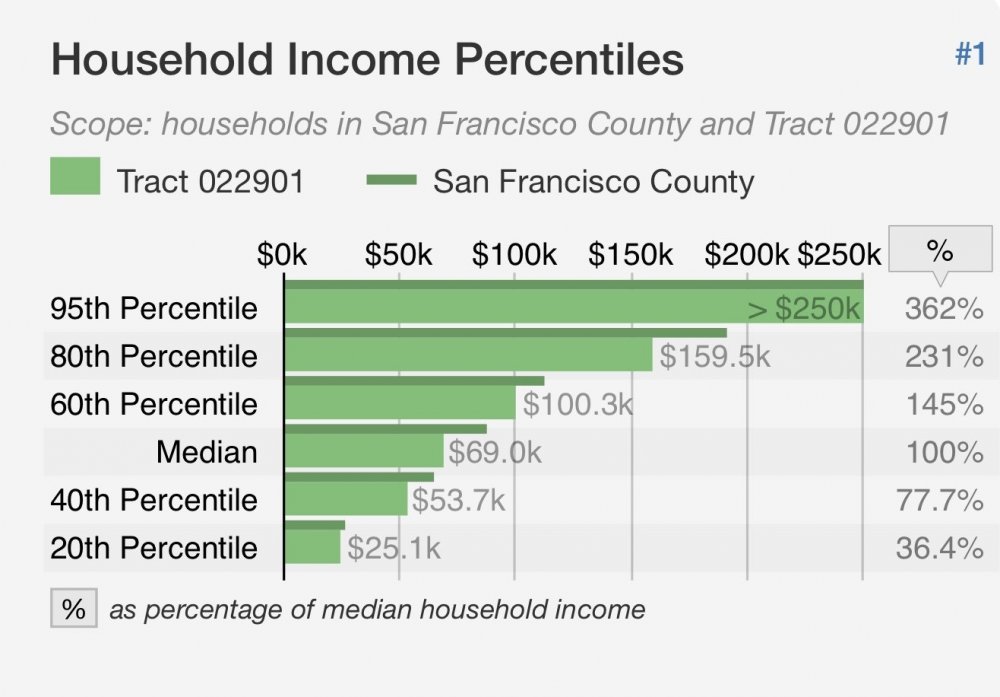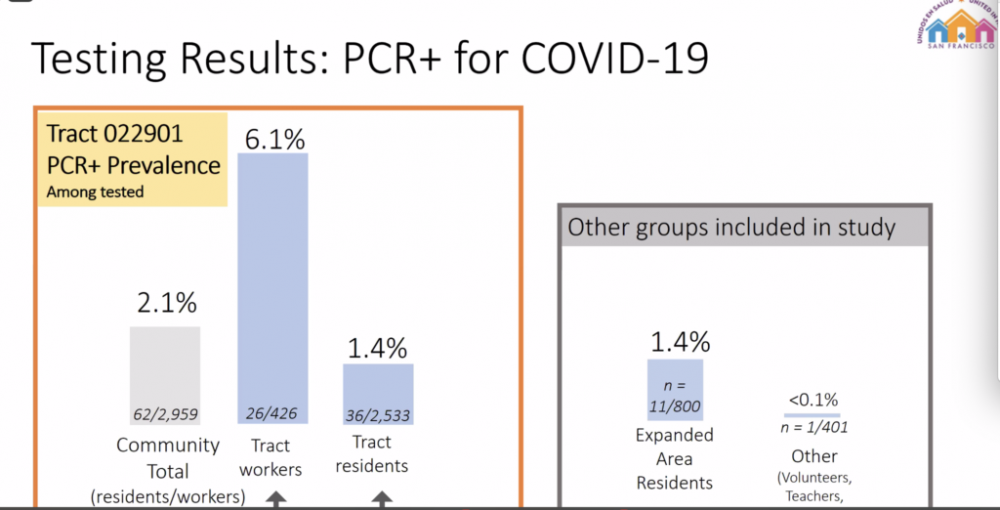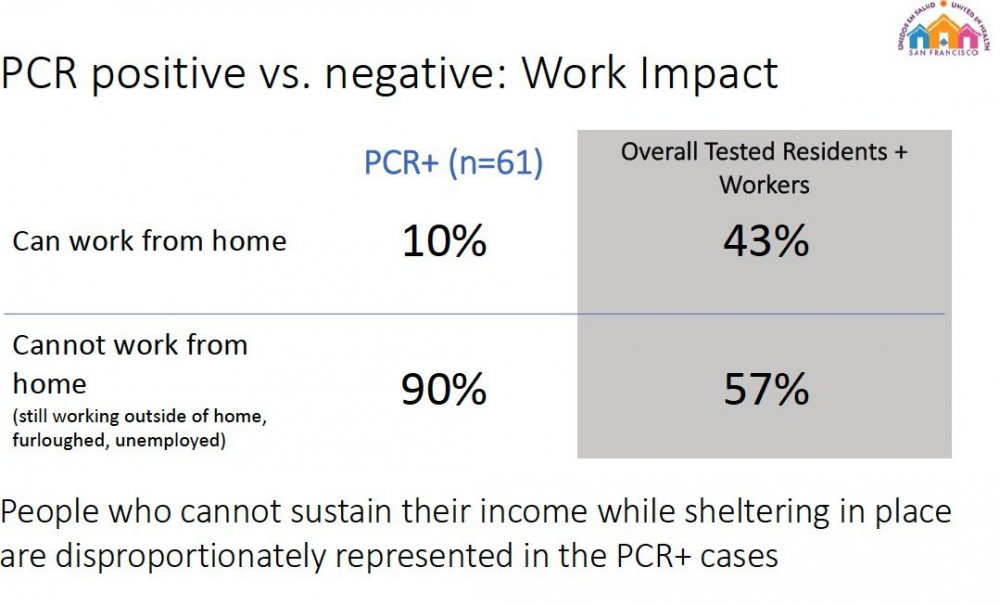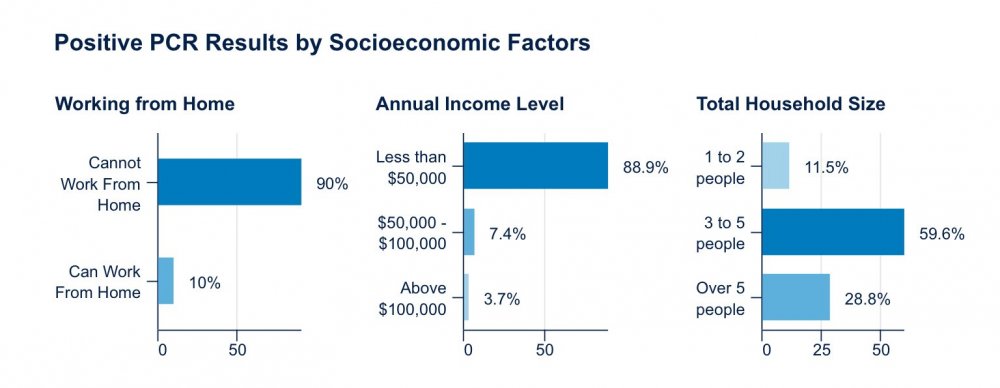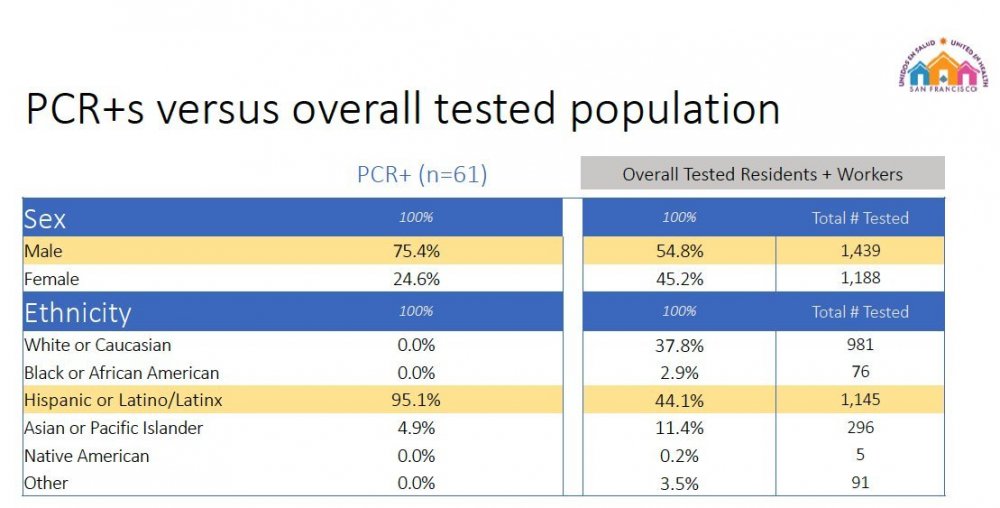-
Posts
594 -
Joined
-
Last visited
About sokolow

Profile Information
-
Gender
Not Telling
-
Location:
Chicago
Recent Profile Visitors
2,438 profile views
-
The time of rejoicing & jubilee for CA, the Great Basin, and the Colorado plateau started in November last year, when those regions started loading in record and near-record snowpacks. IMO There’s nothing more beautiful than the smell and feel of soft rain in alpine semidesert. Snowfall on Kolob Reservoir Road, November 2022 As Jay Lund and Andrew Rypel commented at California Water Blog in March this year, California’s drought was largely over in terms of soil moisture, snowpack, and reservoir storage. However, they also note that the preceding years of intense drought left what might be described as a huge hydrologic debt and the state still in a condition of chronic water overdraft. Put in groundwater terms, they wrote: As to Hilary, the most concise and clear statement I saw was in a news item from CBS Los Angeles, which gives some commentary from resource manager from the CDWR, In short, I agree there might be cause to be annoyed by misplaced / absent post-Hilary coverage of what was a very usual and potentially dangerous weather event. However, I think the reason is seen in this pull from the NYT: Emphasis mine; basically what we can say is that the many and varied government and private organizations involved in emergency management did a really good job forecasting, communicating, and responding to this hazard. They warned and protected the public, and people in general did a good job taking measures to prepare themselves, their families, and their communities. That’s not a bad thing at all, and should be talked about.
-
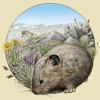
2023 Short/Medium Range Severe Weather Discussion
sokolow replied to Chicago Storm's topic in Lakes/Ohio Valley
Double rainbow over Sox field and some interesting cloud motion, that’s it from my viewpoint on the South side -
FYI for all of you who are pros, degreed, informed enthusiasts etc. I just wanted to say again I appreciate the work you do putting together informative posts with detailed reasoning for events like those forecast for today and tomorrow. Our company is in the field every day, and what may or may not happen weatherwise impacts not only our safety but what it is responsible for us to attempt given the timing and potential conditions. Your discussion helps me understand what is coming from the traditional news media, consumer grade weather apps, and the NWS. All in all your disco frequently exceeds in quality the commentary from the commercial forecast service our company retains. Lastly, I can’t say enough how much I value the NWS, its high quality products, communication and the willingness of its professional staff to discuss its thinking in its AFDs as well as informally on places like this board
- 547 replies
-
- 11
-

-
Unbelievable. I’ll keep an eye out and browse around the WFOs, but if any of you run across a good analysis with historical context and synoptic discussion please post it along
-
you can just hear the sirens going off to the northwest
-
other than some swift cloud motion and entertaining scud, pretty sedate view of the warned area from near old comiskey
-
We have a fairly sizable excavation open at work so I anticipate that our day tomorrow will be reminiscent of like, the experience of the navvies who built the trans-canada railroad circa 1884, but with less whiskey and racial violence
-
:/ Colorado Paramedic Who Came to Help New York Dies From Covid-19 For three weeks, Paul Cary transported coronavirus patients to hospitals by ambulance. He had already signed up for a second 30-day deployment in New York when he started feeling sick. https://www.nytimes.com/2020/05/02/nyregion/paramedic-paul-cary-coronavirus-nyc.html?smid=tw-nytimes&smtyp=cur
-
I posted about the Navajo nation upthread; on the northern Plains two of the Sioux tribes in SD have thrown up screening checkpoints for at their borders. SD governor wants them removed, a friend tells me the Sioux council’s response boiled down to “see you in court” << (CNN)The governor of South Dakota has given an ultimatum to two Sioux tribes: Remove checkpoints on state and US highways within 48 hours or risk legal action. Gov. Kristi Noem sent letters Friday to the leaders of the Oglala Sioux Tribe and the Cheyenne River Sioux Tribe demanding that checkpoints designed to prevent the spread of coronavirus on tribal land be removed, the governor's office said in a statement. "We are strongest when we work together; this includes our battle against Covid-19," Noem said. "I request that the tribes immediately cease interfering with or regulating traffic on US and State Highways and remove all travel checkpoints." CNN has reached out to both tribes for comment. According to Cheyenne River Sioux Tribe checkpoint policies posted on its social media, its reservation residents may travel within South Dakota to areas the state has not deemed a Covid-19 "hotspot" if it's for an essential activity such as medical appointments or to get supplies unavailable on the reservation. But they must complete a health questionnaire when they leave and when they return every time they go through a checkpoint. South Dakota residents who don't live on the reservation are only allowed there if they're not coming from a hotspot and it is for an essential activity. But they must also complete a health questionnaire.>>
-
A BoE breakdown of impact on NYC via @Patrick_J_Egan https://twitter.com/Patrick_J_Egan/status/1259110222813106177?s=20 To date since start of outbreak in NYC, ~1/150 adult New Yorkers hospitalized as a result of C19. Tab on right breaks it down further and it works out to ~1/360 NYC adults dead, within that subset, ~1/60 of New Yorkers above age 75 dead.
-
About half returning PCR+ results were pre/asymptomatic, or subclinally symptomatic. The community screening team was confident in their medical history taking being pretty thorough. Here are some broader demographics for the tract; positive PCR results were concentrated in the 40%ile income tranche and lower
-
“The results so far suggest that those who are at highest risk for infection are those who cannot easily shelter in place due to job loss, furloughs, or because they are providing the essential services. Among those who tested positive, 90 percent reported being unable to work from home. In contrast, among those who tested negative, 53 percent reported no impact on their work or financial stability. Nearly 89 percent of those who tested positive earn less than $50,000 a year and most live in households of 3 to 5 people (59.6 percent) or larger (28.8 percent). Notably, people who lived outside the census tract but who go there for work were much more likely to test positive (6.1 percent) than residents (1.4 percent).” (UCSF) ”“The people who tested positive were overwhelmingly going to work,” said District 9 Supervisor Hillary Ronen, adding that many might have been undocumented, without any option but to go to work. She said that “basic needs need to be met” when people are in quarantine” (Mission Local)
-
First look PCR results from study that aimed to survey one entire census tract in the SF mission district (022901, about Folsom / 25th), with an add-on during the last day for persons who commuted to the study tract for work. First-look serology results to follow. https://www.ucsf.edu/news/2020/05/417356/initial-results-mission-district-covid-19-testing-announced Of those tested, 1.4% of residents were PCR+, while 6.1% of commuting & working residents were PCR+ Of those working residents who were PCR+, 90% had no option to work from home. As a sample, those who were PCR+ were predominantly in lower income brackets Given that, it is unsurprising that the majority of those who returned PCR+ test were Hispanic Americans; it is however surprising that the number of Anglos returning a PCR+ test was zero. Zero.
-
We’ve been talking about population risk, age structure, SES and prevalence of preexisting conditions, and so on. All that is in play here. But what really stood out to me in this article was how in terms of transmission risk it doesn’t matter how densely populated a region is — if the community itself and the families that make up the community are closely connected. Navajo nation had a superspreader event at a tent revival back in early March and the attendees took it home. NYT article from early last April: https://www.nytimes.com/2020/04/09/us/coronavirus-navajo-nation.html Checkpoints, Curfews, Airlifts: Virus Rips Through Navajo Nation More recent article notes that there’s now been 75 deaths.
-
The whole point of the last six weeks of shelter-in-place and the disruptions that ensued was so that the places that didn’t have it bad, wouldn’t have to get it bad. So that Charleston wouldn’t be Chicago which wouldn’t be New York, which wouldn’t like Italy. It was to buy time so other regions and cities could design, develop, and implement the public health infrastructure and individual & collective & organizational practices so that people in every state could go about their lives. Public health is a paradox because even partial success looks like not much is happening. “Nothing happens” is the desired outcome.


